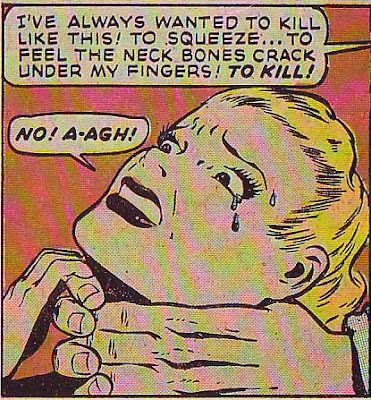
I don't believe I'm attempting something this ambitious in just a few paragraphs. Please be forgiving. I'm not an historian and I'm just winging this without benefit of book or Google search. OK, here goes...
It's hard to imagine but a little more than a century and a half ago the modern adventure story didn't exist. Oh there were stories about Ulysses and King Arthur and Tom Jones and the like but they were long and padded and the highlights were scattered islands in a sea of words.
So far as I know the lean, modern adventure story began with Alexander Dumas, maybe with "The Three Musketeers." That book must have gone off like a bomb in a tea shop! Imagine it, a story consisting of all highlights and almost no filler! A rush to publish followed. Every 19th century writer wanted to try the new technique and whole genres were invented in just a few decades. Poe, Verne, Scott, Doyle, and Sabitini became household words. The public couldn't get enough!

The phenomenon that interests me were the penny dreadfuls and dime novels that sprang up in Dumas' wake. In America they began with Westerns, then the Westerns morphed into short crime stories bundled up into pulp magazines. The public went nuts over the stuff! Cheap, illustrated stories that really delivered the goods; in the days before electronic media the impact must have been enormous!

It wasn't long before the pulps developed colorful covers with bold offset printing. Newsstands sprung up everywhere! Adventure, sex, sci-fi, romance, horror...all for just a few cents! Then, just when story consumption was at its peak and nobody thought it could go any farther....radio and film weighed in. That meant even more venues for stories! It must have been a heady time for writers!

Now in a general way the story revolution was positive but there were some casualties. Short, silent comedies gave way to long, feature-length comedy with disastrous results. It wasn't sound that killed the shorts, (look what The Three Stooges did with sound) and it wasn't problems with exhibitors. It was the public's taste for long-form stories!
The pulp-reading, novel-buying, penny dreadful-excited public craved long-form stories! Long-form comedy was inferior but it didn't matter. The public voted with their dollars!
Cartoons came up against the same problem. The public craved long-form stories and Disney gave it to them with "Snow White." Superb short cartoons re-emerged at Warners and MGM but in a subsidiary role to features. Shorts, whether live-action or animated, were the orphaned children of this era.

I'm running out of space so I better wrap this up. Where do stories stand now? Interesting question! In a word the 150 year story explosion has run its course. Story magazines have folded and only Harry potter novels seem to get lines around the block. Theater attendance isn't what it used to be (though it's getting better) and even television is worrying. Amazingly shorts, whether fiction or non-fiction, are back with a vengeance. Electronic media dominates and shorts are its favorite child...
Oddly enough, maybe for reasons only Marshal McLuhan understands, television now demands personality intensive stories. In the new media story exists as an excuse for performance. That's why the Oscars are so popular. Actors are more popular than presidents.
The immediate future of animation in my opinion favors acting-intensive shorts, anywhere from 6 minutes to half an hour in length. In animation that means short scripts with plenty of room for virtuoso performances by artists.































 Now adults on the other hand...like (ahem!) me...that's different.
Now adults on the other hand...like (ahem!) me...that's different. Adults are fine and noble chaps! They're good conversationalists. You can talk to an adult. You can reason with them! And the ideas! They have SUCH ideas!
Adults are fine and noble chaps! They're good conversationalists. You can talk to an adult. You can reason with them! And the ideas! They have SUCH ideas! I think the reason why kids' creativity is so over-rated is that they make bold drawings on art projects. Maybe that's because they don't have to pay for the pigments. If I were to think about making a bold, red background like the one above I'd be calculating the cost. Kids don't have to do that.
I think the reason why kids' creativity is so over-rated is that they make bold drawings on art projects. Maybe that's because they don't have to pay for the pigments. If I were to think about making a bold, red background like the one above I'd be calculating the cost. Kids don't have to do that.





 "Well here's my transportation now! It looks like that's all we have time for this week!"
"Well here's my transportation now! It looks like that's all we have time for this week!"







